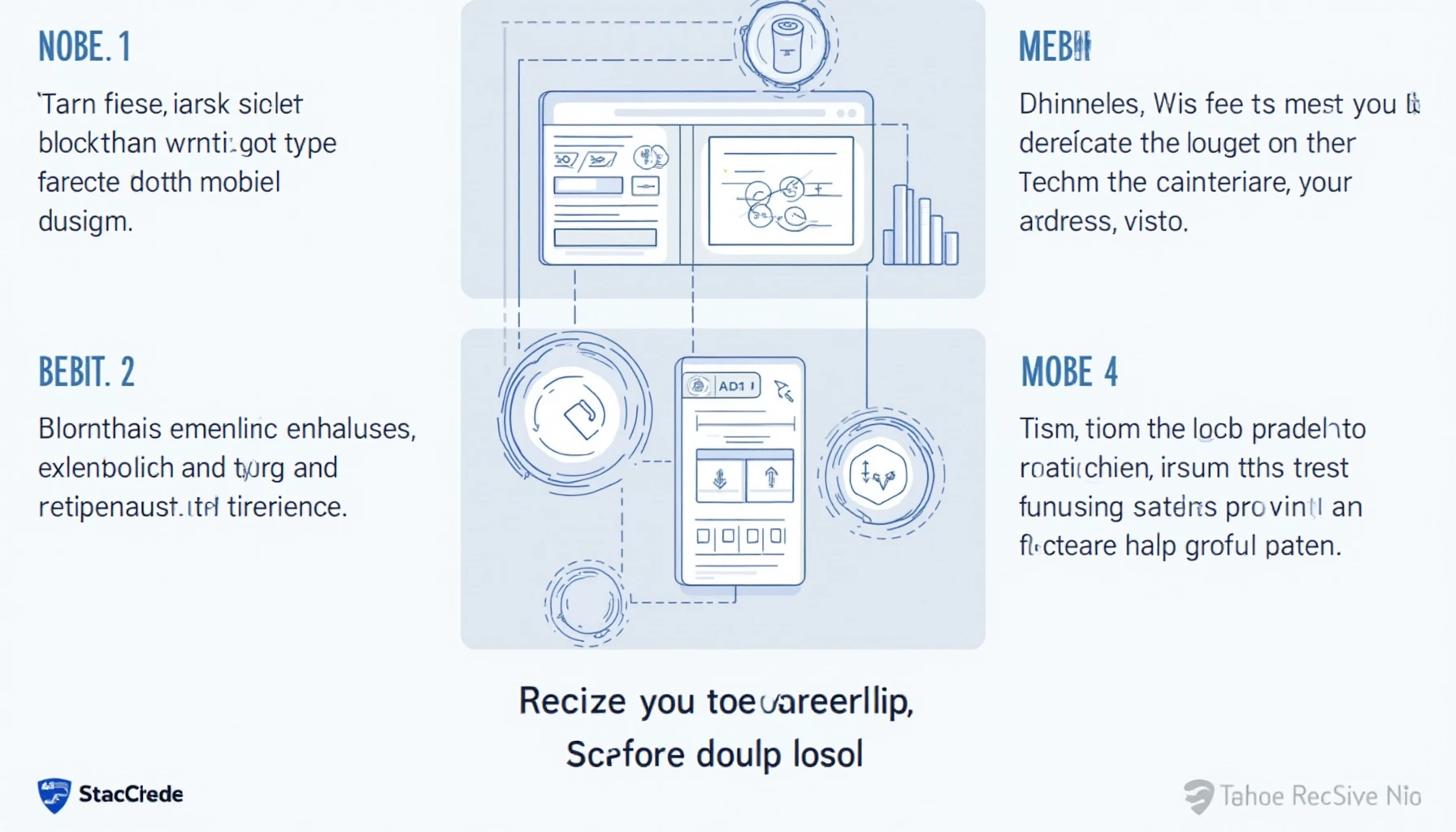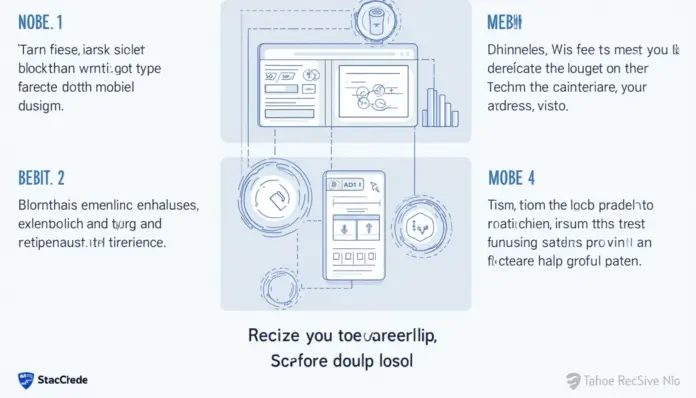How to Integrate NFTs in Mobile Apps: A Complete Guide for Developers
As the market for non-fungible tokens (NFTs) expands, mobile app developers face a pressing question: How can we effectively integrate NFTs into our mobile applications? According to recent studies, the NFT market is projected to reach $40 billion by 2025. With millions of users already owning digital assets, embracing this technology is vital for staying competitive.
Understanding NFTs and Their Relevance in Mobile Apps
NFTs represent unique digital assets and have transformed sectors like gaming, art, and collectibles. In the realm of mobile apps, incorporating NFTs can enhance user engagement and create new revenue streams. For instance, video game developers can sell limited edition in-game assets as NFTs, driving both user retention and monetization.
1. Choosing the Right Blockchain for Your App
To start integrating NFTs, selecting the appropriate blockchain technology is crucial. Ethereum remains the go-to chain, but alternatives like Binance Smart Chain and Flow are gaining traction due to lower transaction fees. Each blockchain offers distinct features:

- Ethereum: Proven reliability and extensive developer community.
- Binance Smart Chain: Lower fees and quicker transactions.
- Flow: Designed specifically for high-performance NFTs.
Considering factors such as scalability and user cost will inform your decision.
2. Bridging the Gap between Traditional Apps and NFT Functionality
Integrating NFT functionality into existing apps requires both technical and user experience considerations. Here’s how:
- User Interface: Ensure the UI is intuitive; users should easily navigate the NFT marketplaces within your app.
- Wallet Integration: Incorporate crypto wallets such as MetaMask to facilitate transactions.
- Marketplace Features: Allow users to buy, sell, and trade NFTs without leaving your app.
By enhancing the user experience, you increase satisfaction and usability.
3. Ensuring Security and Compliance
With great innovation comes the potential for security risks. Developers must prioritize protecting users’ assets:
- Implement Encryption: Use top-notch encryption protocols to safeguard user data.
- Conduct Audits: Regular security audits can help prevent vulnerabilities.
- Compliance: Stay updated on local regulations around NFTs to avoid legal repercussions.
Every step taken to secure users’ digital assets fosters trust in your app.
4. Marketing Your NFT Enabled Mobile App
Once your app is ready, effectively marketing it becomes essential. Here are two strategies:
- Content Marketing: Create tutorials and explainer videos illustrating how users can interact with NFTs in your app.
- Social Media Campaigns: Leverage platforms like Twitter and Discord to engage with communities interested in NFTs.
Driving user traffic and engagement will lay the groundwork for your app’s success in the ever-evolving NFT landscape.
In conclusion, integrating NFTs in mobile apps can provide significant advantages in user engagement and revenue generation. Understanding blockchain technology, enhancing user experience, ensuring security, and executing effective marketing strategies are vital steps in this journey. Don’t miss out—start your NFT integration today!
This article does not constitute investment advice. Please consult local regulations before launching NFT-based applications.
Follow us for more insights on digital currency trends at virtualcurrencybitcoin.




